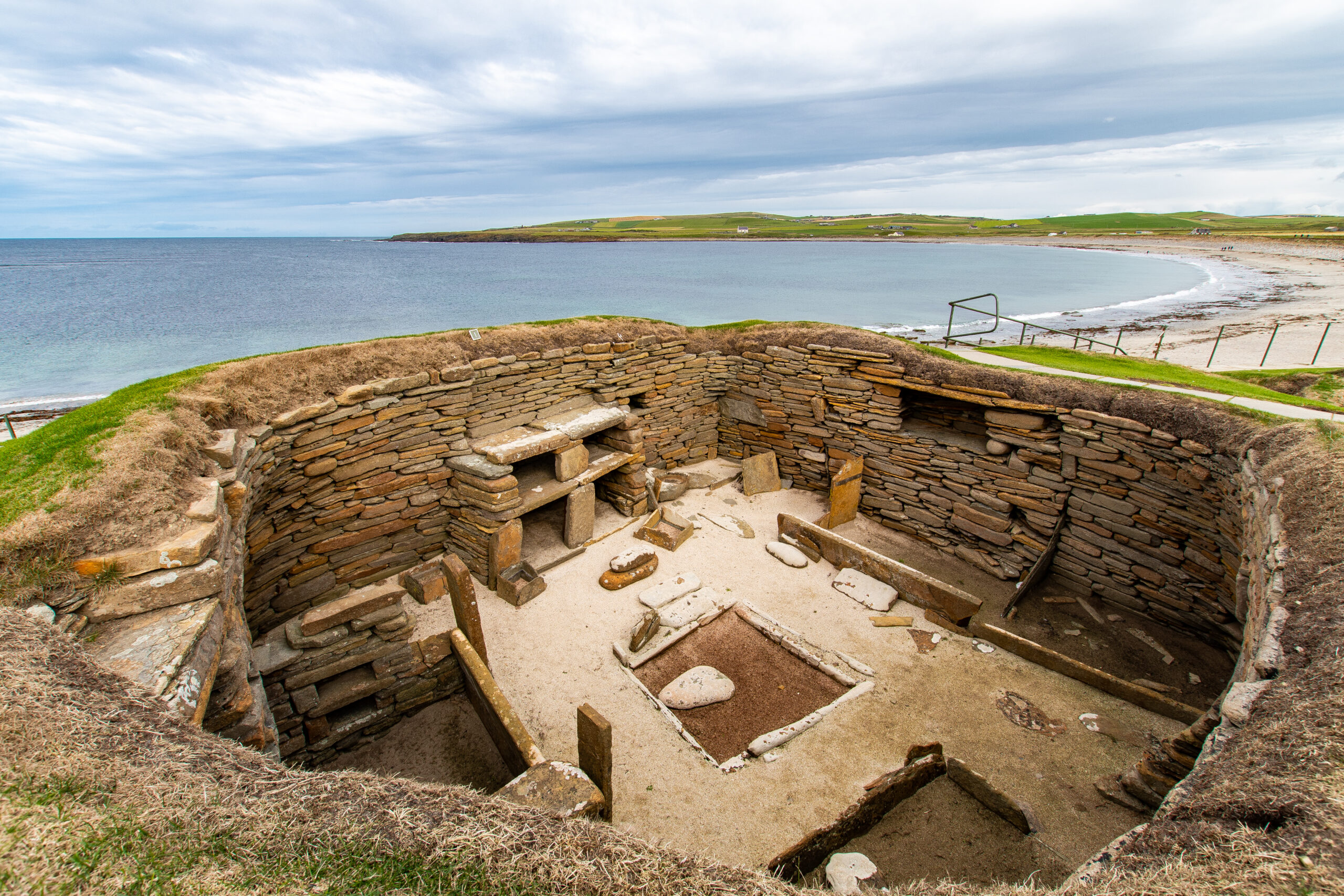Ancient cities hold mysteries of civilizations long gone, hidden beneath the earth for centuries. These cities, once bustling with life, are now beautifully preserved time capsules of history. Each has a unique story, reflecting the architectural prowess and cultural depth of its time. Buried under layers of soil and rubble, they offer a rare glimpse into the past.
Jericho, Palestine

Jericho is one of the oldest inhabited cities in the world. It lies hidden beneath layers of history, dating back over 10,000 years. Archaeologists have uncovered ancient walls and towers, revealing a city rich in culture and architecture. The city’s defensive structures show advanced techniques for its time. Today, Jericho stands as a symbol of resilience, offering a window into early human civilization.
Ubar, Oman

Ubar, often referred to as the “Atlantis of the Sands,” was a legendary city lost to time. Discovered buried under the desert, its ruins reveal a once-thriving trade hub. The city was a key stop on ancient trade routes, known for its wealth in frankincense. Excavations uncovered ancient wells and fortress walls, offering a glimpse into its significance. Ubar’s rediscovery reignited interest in ancient Arabian history.
Mohenjo-Daro, Pakistan

Mohenjo-Daro was one of the largest cities of the ancient Indus Valley Civilization. Buried under centuries of dust, its ruins reveal a highly advanced urban layout. The city had well-planned streets, public baths, and complex drainage systems. Excavations unearthed homes made of baked bricks and numerous artifacts. Mohenjo-Daro offers a fascinating insight into the technological prowess of its time.
Knossos, Greece

Knossos was the center of the Minoan civilization, buried and forgotten for centuries. The city’s ruins reveal a vast palace complex, complete with grand halls, courtyards, and vibrant frescoes. Its intricate labyrinth is linked to the legend of the Minotaur. Excavations uncovered evidence of advanced plumbing and trade networks. Knossos stands as a testament to the sophistication of the Minoan people.
Skara Brae, Scotland

Skara Brae is a prehistoric settlement buried under sand and soil for millennia. Its stone houses, perfectly preserved, offer a glimpse into the lives of Neolithic people. Each house had stone furniture, including beds and shelves, showcasing their craftsmanship. The village’s layout suggests a close-knit community. Skara Brae is one of the best-preserved Stone Age sites in Europe.
Ostia Antica, Italy

Ostia Antica was Rome’s bustling port city, now buried beneath centuries of silt. Its streets, shops, and homes remain remarkably intact. Excavations revealed stunning mosaics, frescoes, and public baths. The city’s layout reflected its role as a key commercial hub. Ostia Antica provides a vivid picture of daily life in ancient Rome.
Pompeii of the East (Banbhore), Pakistan

Banbhore, often called the “Pompeii of the East,” was an important port city in ancient Sindh. Buried under layers of earth, its ruins reveal a fortified city with a well-planned layout. Excavations unearthed pottery, coins, and intricate jewelry. The city played a crucial role in trade along the Indus River. Banbhore offers a glimpse into the region’s rich history and commerce.
Akrotiri, Greece

Akrotiri, located on the island of Santorini, was buried by a volcanic eruption around 1600 BC. The city’s ruins reveal well-preserved buildings, pottery, and colorful frescoes. Unlike Pompeii, no human remains were found, suggesting a timely evacuation. Akrotiri’s architecture shows advanced engineering, with multi-story buildings and drainage systems. It is often referred to as the “Minoan Pompeii” due to its remarkable preservation.
Petra, Jordan

Petra, the “Rose City,” was carved into sandstone cliffs and buried under desert sands. The city’s intricate rock-cut architecture, including the famous Treasury, remains stunningly preserved. Petra was once a bustling trade hub, connecting East and West. Its sophisticated water system allowed life to flourish in the harsh desert environment. Today, Petra is one of the most iconic archaeological sites in the world.
Çatalhöyük, Turkey

Çatalhöyük is one of the oldest known cities, buried under layers of earth in modern-day Turkey. The city’s remains reveal densely packed homes with no streets, where residents entered through roofs. Archaeologists uncovered murals, figurines, and tools, showcasing the city’s rich cultural life. Çatalhöyük provides insight into early human settlement and communal living. Its preservation offers a rare glimpse into Neolithic society.
This article originally appeared on Rarest.org.
More from Rarest.org
Most Expensive Vintage Travel Posters Ever Sold

Vintage travel posters have become coveted pieces of art, fetching impressive prices at auctions. These posters are more than just advertisements; they’re historical artifacts that evoke the glamour of travel in bygone eras. Read More.
20 Keystone Species That Play a Crucial Role in Their Habitats

Keystone species are essential to maintaining the balance of their ecosystems. Without them, the structure of the habitat could change dramatically. Read More.
13 Unique Antique Clocks That Are Nearly Impossible to Find

Antique clocks hold a special allure for collectors and history enthusiasts alike. These timepieces, often crafted with extraordinary detail, offer a glimpse into the artistry and engineering of their eras. Read More.
